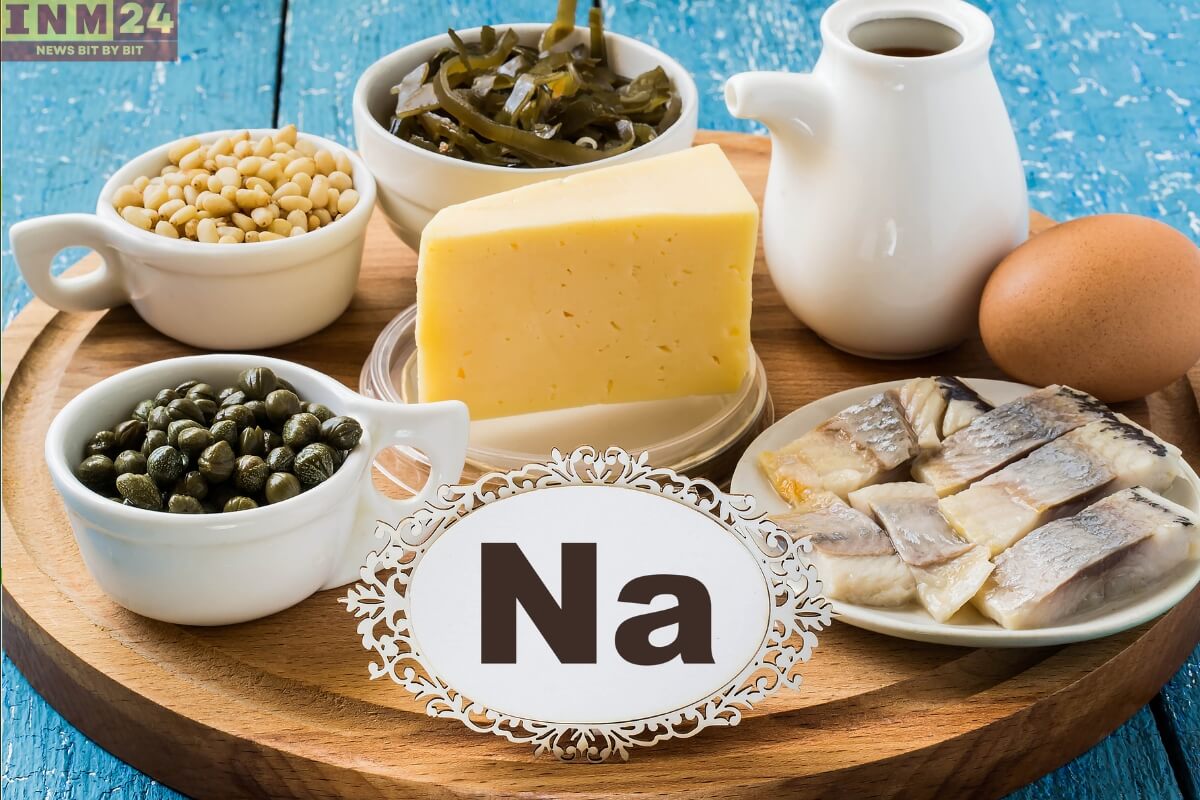High blood pressure, also known as hypertension, is a common health concern affecting millions of people worldwide. While factors such as genetics and lifestyle play a role in its development, one key contributor is the consumption of excess sodium. Sodium, found abundantly in processed and restaurant foods, can elevate blood pressure levels and increase the risk of heart disease and stroke. However, by making simple changes to your diet and lifestyle, you can effectively lower your sodium intake and better manage your blood pressure. Here are five easy methods to help you achieve that:
Read Food Labels
One of the simplest ways to reduce sodium intake is to become more mindful of the sodium content in the foods you consume. Start by reading food labels carefully when grocery shopping. Look for products labeled as “low sodium” or “no added salt,” and aim for options with less than 140 milligrams of sodium per serving. Additionally, be wary of hidden sources of sodium, such as canned soups, sauces, and condiments.
Cook at Home
Cooking meals at home gives you more control over the ingredients you use, including the amount of sodium. Instead of relying on pre-packaged or takeout meals, opt for homemade dishes made with fresh, whole ingredients. Experiment with herbs, spices, and other flavorings to enhance the taste of your meals without adding extra salt. By preparing meals from scratch, you can significantly reduce your sodium intake and promote better heart health.
Limit Processed Foods
Processed and convenience foods are notorious for their high sodium content. Items such as frozen meals, deli meats, snack foods, and canned goods often contain significant amounts of added salt to enhance flavor and prolong shelf life. To lower your sodium intake, minimize your consumption of these processed foods and choose whole, unprocessed alternatives whenever possible. Focus on incorporating more fruits, vegetables, lean proteins, and whole grains into your diet.
Use Salt Substitutes
If you’re accustomed to adding salt to your meals at the table, consider using salt substitutes or alternatives to reduce your sodium intake. Experiment with herbs, spices, citrus juices, vinegar, and other flavorings to season your food without relying on salt. Not only will this help lower your blood pressure, but it can also introduce new and exciting flavors to your meals. Be creative and explore different seasoning combinations to suit your taste preferences.
Be Mindful When Eating Out
When dining out or ordering takeout, it can be challenging to control the sodium content of your meals. However, there are steps you can take to make healthier choices. Look for menu items labeled as “low sodium” or “heart-healthy,” and ask restaurant staff about ingredient substitutions or preparation methods that reduce sodium. Additionally, consider sharing entrees or opting for lighter menu options to help manage your sodium intake while still enjoying dining out.
Reducing sodium intake is an essential aspect of managing blood pressure and promoting overall heart health. By following these five simple methods, you can lower your sodium consumption and take proactive steps towards better blood pressure management. Remember to stay informed, make mindful food choices, and prioritize whole, nutritious foods in your diet. Your heart will thank you for it.
